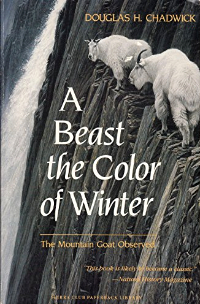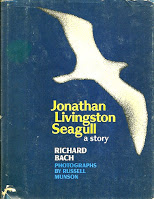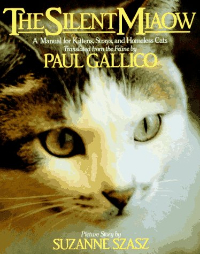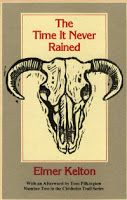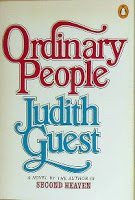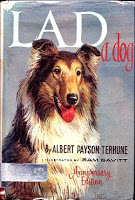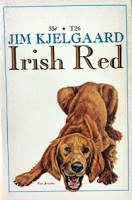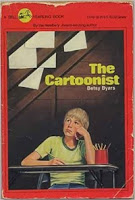This middle-grade fiction is about a ten-year-old who has cerebral palsy. Melody is plenty smart and has a photographic memory, but she can’t walk, feed herself or speak- until she gets a new computer that gives her a voice. At school she’s been in a special education room for years, but is now excited to be “integrated” into music and a few other classes per day with the regular kids. Especially with a fancy new wheelchair she can drive by herself and then her talking computer. She just wants to fit in but it’s hard. More kids notice her now that she has a voice, but she still gets stared at or outright teased and insulted. Nobody seems to believe that she’s anything other than mentally deficient, even the teachers have this demeaning attitude. Several kids seem to think the computer is allowing her to cheat- and two girls in particular single her out to be mocked. Melody is determined to prove herself and joins the quiz team, but things turn disastrous right before a big competition. Some kids on the team seem determined to sabotage Melody’s ability to participate- but in the end, they’re only ruining their own chances.
I found this book at a library sale. Surprised to realize I must have read it before- but I only recalled things from the beginning and end. The whole thing about the fake snowman they decorated was really familiar, and so was the intensely dramatic scene at the end involving Melody’s little sister. I’m baffled why I had forgotten nearly all of the middle events- including everything about the quiz team- and why this book wasn’t already noted on my blog, when it was published after I started keeping a record. I must have read it with my oldest at a younger age, and maybe we only read parts together.
Regardless, certain aspects of the book didn’t work for me personally- some of the adult’s actions felt unrealistic, the way Melody was treated in school seemed rather atrocious (not the teasing, but the total lack of educational structure and advocacy) and often I felt like Melody’s mother was saying things a kid would want to hear their mother say, not very realistic either. But for what it is, a book written for middle-grade kids about a peer with a physical disability, I think it gives a pretty clear picture what that’s like. How so many ordinary things like putting on clothes or participating in conversations or navigating stairs to get into a building, become obstacles and struggles. And that kids with disabilities have thoughts and feelings and want to be included like everyone else.
The goldfish incident bothered me, though. Probably because I’m a fishkeeper. And why didn’t she explain it to anyone afterwards, when she finally had her talking computer? Sigh.
Similar read, a true story from adult perspective: I Raise My Eyes to Say Yes.

